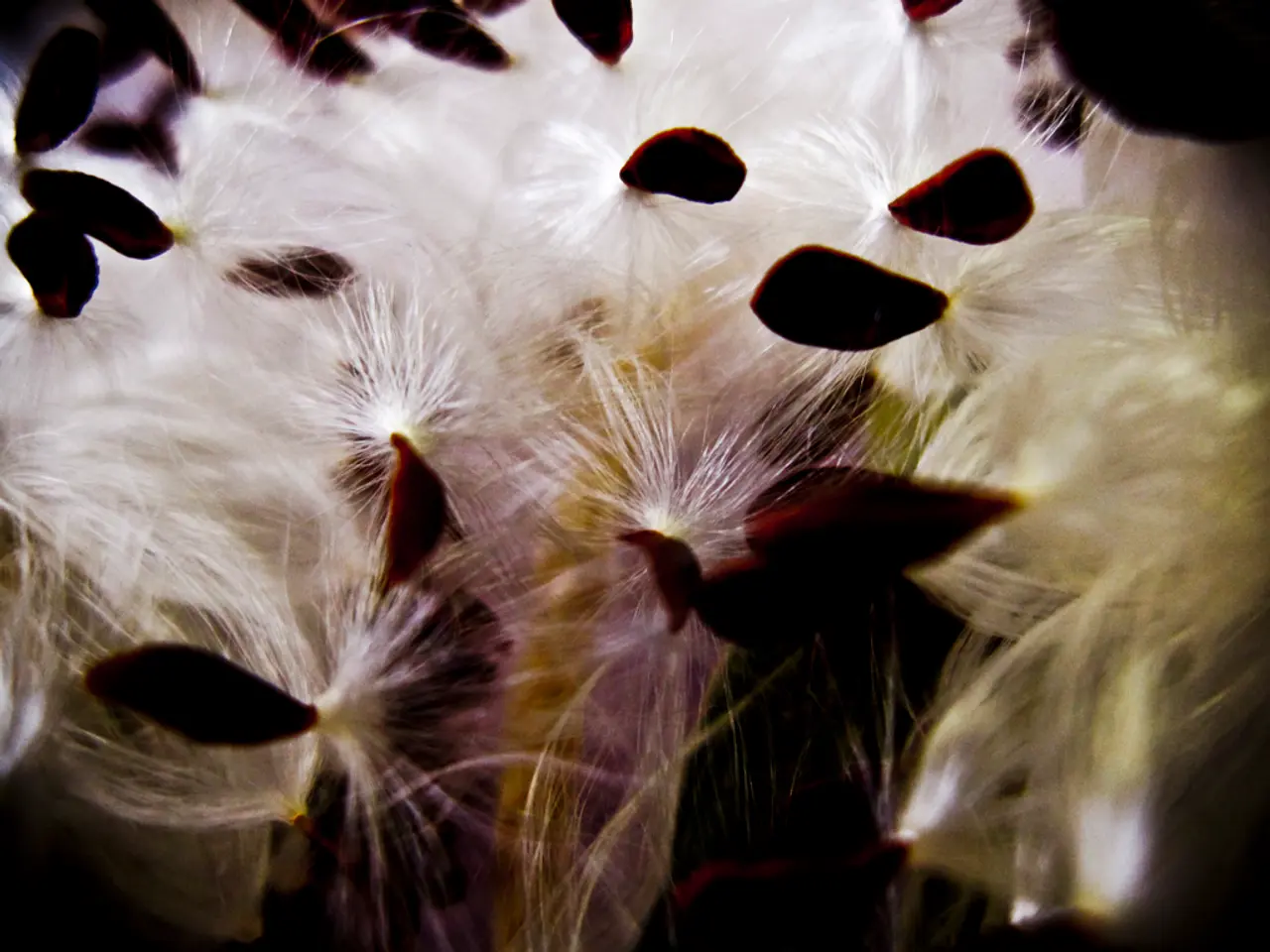Comprehensive Lesson on Seed Germination: Mastering the Art of Seed Propagation
Growing your own vegetables and plants can be a rewarding experience, and the choice between indoor seed starting and direct sowing is an essential step in the process. The method you choose depends on the type of seeds you are growing and the conditions in your garden.
Indoor Seed Starting
Indoor seed starting is ideal for warm-weather seeds that require a consistent and controlled environment for germination. This method provides a stable temperature and moisture level, protecting seeds from temperature extremes and pests, which improves the germination rate and early growth.
To start seeds indoors, use a seed starting mix made from peat moss, coco coir, perlite, and vermiculite. This mix offers good aeration and moisture retention. Cover the seeds with a light layer of sphagnum moss to protect them from damping off and other fungal diseases.
Indoor seed starting allows you to start your crops earlier in the season before outdoor conditions are favourable. However, it requires management such as hardening off seedlings before transplanting to acclimatize them to their new surroundings.
Direct Sowing
Direct sowing, also known as direct seeding, involves planting the seeds directly where the mature plants will grow. This method eliminates transplant shock and root disturbance, leading to more resilient plants. It is ideal for cool-weather crops and root crops that don't transplant well.
Direct sowing has lower costs and labor compared to indoor seed starting since it doesn't require equipment or transplanting. However, it is more susceptible to outdoor variables like fluctuating temperatures, drying soil, pests, and weather, so timing and soil preparation are crucial for success.
Choosing the Right Method
Warm-weather seeds, such as cucumbers, tomatoes, squash, beans, tomatillos, eggplant, peppers, basil, coleus, marigolds, zinnias, and nasturtiums, typically benefit from starting indoors or in a controlled environment. On the other hand, cool-weather seeds like lettuce, kale, broccoli, beets, radishes, peas, carrots, spinach, kohlrabi, parsley, cilantro, and cabbage can often be direct sown outdoors.
In essence, choose indoor seed starting for warm-weather seeds or early-season starts to control the environment and timing. Prefer direct sowing for cool-weather crops or those sensitive to transplanting, bearing in mind outdoor conditions require proper timing and care.
For hydroponic or specialized growing, seed germination techniques like soaking hard seeds and using moist paper towels or rockwool cubes can aid early growth. These techniques mainly relate to indoor germination setups.
In summary, seed starting is an essential step in gardening, and the choice between indoor seed starting and direct sowing depends on the type of seeds you are growing and the conditions in your garden. By understanding the advantages and disadvantages of each method, you can make an informed decision and enjoy a bountiful harvest.
Here are two sentences that contain the words 'lifestyle', 'home-and-garden', and 'gardening':
- Integrating home-and-garden lifestyle by growing your own vegetables and plants can lead to a fulfilling gardening experience as you witness the germination and growth of the seeds.
- Embracing a home-and-garden lifestyle, including gardening, allows you to not only improve your lifestyle by enjoying fresh produce but also contribute to a sustainable and eco-friendly living.




